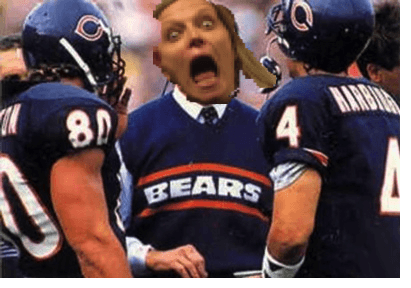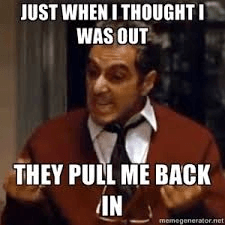Pelvises Were Restored It was another great PRI weekend and I was fortunate enough to host the hilarious Lori Thomsen to teach her baby, Pelvis Restoration. Lori is a very good friend of mine, and we happened to have two of our mentees at the course as well. Needless to say it was a fun family get-together. Lori was absolutely on fire this weekend clearing up concepts for me and she aptly applied the PRI principles on multiple levels. She has a very systematic approach to the course, and is a great person to learn from, especially if you are a PRI noob. Here were some of the big concepts I shall reflect on. If you want the entire course lowdown, read the first time I took the course here. Extension = Closing Multiple Systems This right here is for you nerve heads. It turns out the pelvis is an incredibly neurologically rich area. What happens if a drive my pelvis into a position of extension for a prolonged period of time? I’ve written a lot about how Shacklock teaches closing and opening dysfunctions with the nervous system. An extended position here over time would increase tension brought along the pelvic nerves. Increased tension = decreased bloodflow = sensitivity. We can’t just limit it to nerves however, the same would occur in the vasculature and lymphatic system. We get stagnation of many vessels. Perhaps we need to think of extension as system closure; a system closing problem. Flexion will be
Read More
